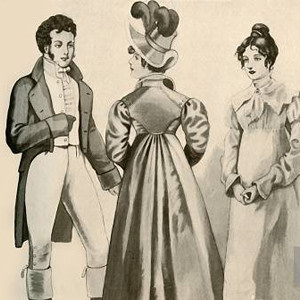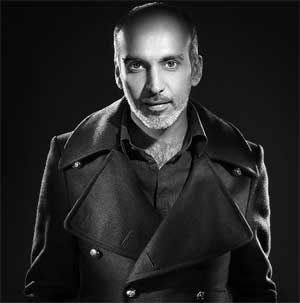History of Fashion from Early Stages
There are various theory of Origin of fashion in which Greek and Chinese play a major role. Indians believe that menfirst started covering their bodies to protect it from changing climatic conditions. Thereafter they used to coverto make a difference in their status.The history of tattoos began over 5000 years ago. The history what we see today has emerged after a long process ofevolution. The early pre-historic men were least bothered about their clothing. Beginning of dresses came into existance in the form of body decorations, which was initally done by tattooing followed by painting (For paintingdifferent natural substance were powdered and then used). Tattooing is a method of making marks and designs all overthe body and it was permanant later on, Tattoos were created by an accident. Someone had a small wound and rubbed itwith a hand that was dirty with soot and as from the fire. Once the wound had healed they saw that a mark stayed permenantly.Gradually people started knowing about the importance of clothing and they started hunting animals for their skin andwrapped it around and used their flesh for food and prepared ornaments using their teeth and nails. Even leaves wereused to cover body. People gradually stopped nomadic life and started cultivating food. They started making fibers and their cultivation began. Initially natural fibres were used and later on they started using synthetic fibres.
Evolution of Fashion
India is a land rich in its cultural and tradition. Here the cloth perform different functions depending on the occasion.The evolution of fashion dates back to several hundred years and as are attitude and culture change fashion comes along with it.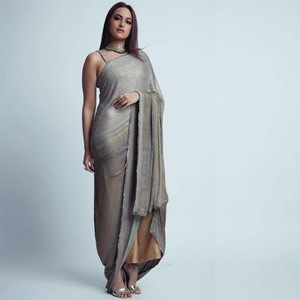
Saree
The saree is the traditional garment of an Indian women. It is an unstitched piece of cloth which varies from 5 - 9 yards in length over a petticoat and a short sleeve blouse or choli. The popular style of wearing a saree is by tucking one end into the petticoat at the waist and tucked in the front. The rest of the saree which is known as "Pallu" is taken over the left shoulder. The pallu is the fascinating and striking feature of a saree, it is often heavily embelished with woven motifs or embroidery.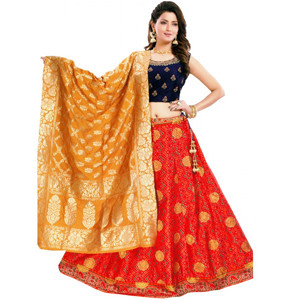
Ghaghra & Choli
It is a garment which is highly pleated skirt. The length starts from the waist and reaches the ankle, upper garment is used which is called "Choli" and the length varies from mid rib to waist. It is having back opening which is fastened with strings. Sometimes a slight variation in the choli is called "Katchuti". The ghaghra may take about 20 - 30 yards of cloth and is held up at the waist using very strong strings. This type is mostly used by almost all part of North India. It is occasionally used by people of East and South. It has lot of vertical pleats. In another style the waist is narrow and as it comes down it is flared. In another style rectangular pleats is cut out and gives a Bell Shaped effect. The combination of Ghaghra and Choli is incomplete without the third piece called the "veil", which is a scarf type worn over the bossoms and also used to cover the head.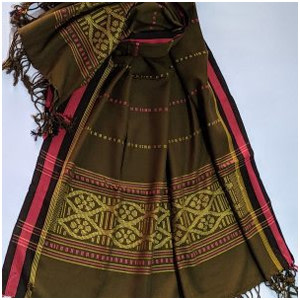
Orhna
It is a scarf type of cloth slightly, highly length and width than the scarf. It is mainly made of fine materials and is used to cover the head or face in the presence of their elders. Sometimes it is also worn with saree. Orhna can be used with ghaghra, which is tucked at the waist and the other end is pinned over the shoulders and then put that to the back which hangs towards down. Sometimes the portion going to the back is taken from the left side by covering the head. Another style of Orhna is that two ends hangs down the shoulder and the middle part covers the chest portion. This is the style mostly seen with salwar kameez. Orhna is known by different local names such as dupatta, chunari, veil.Please leave your comments, we do love it!
Most Viewed Articles
Hey, we have amazing content on the latest Fashion, Trends, Style & Creative Arts, and now it's absolutely FREE for you.All you have to do, is just...We always respect your privacy!
Login / Sign-up
